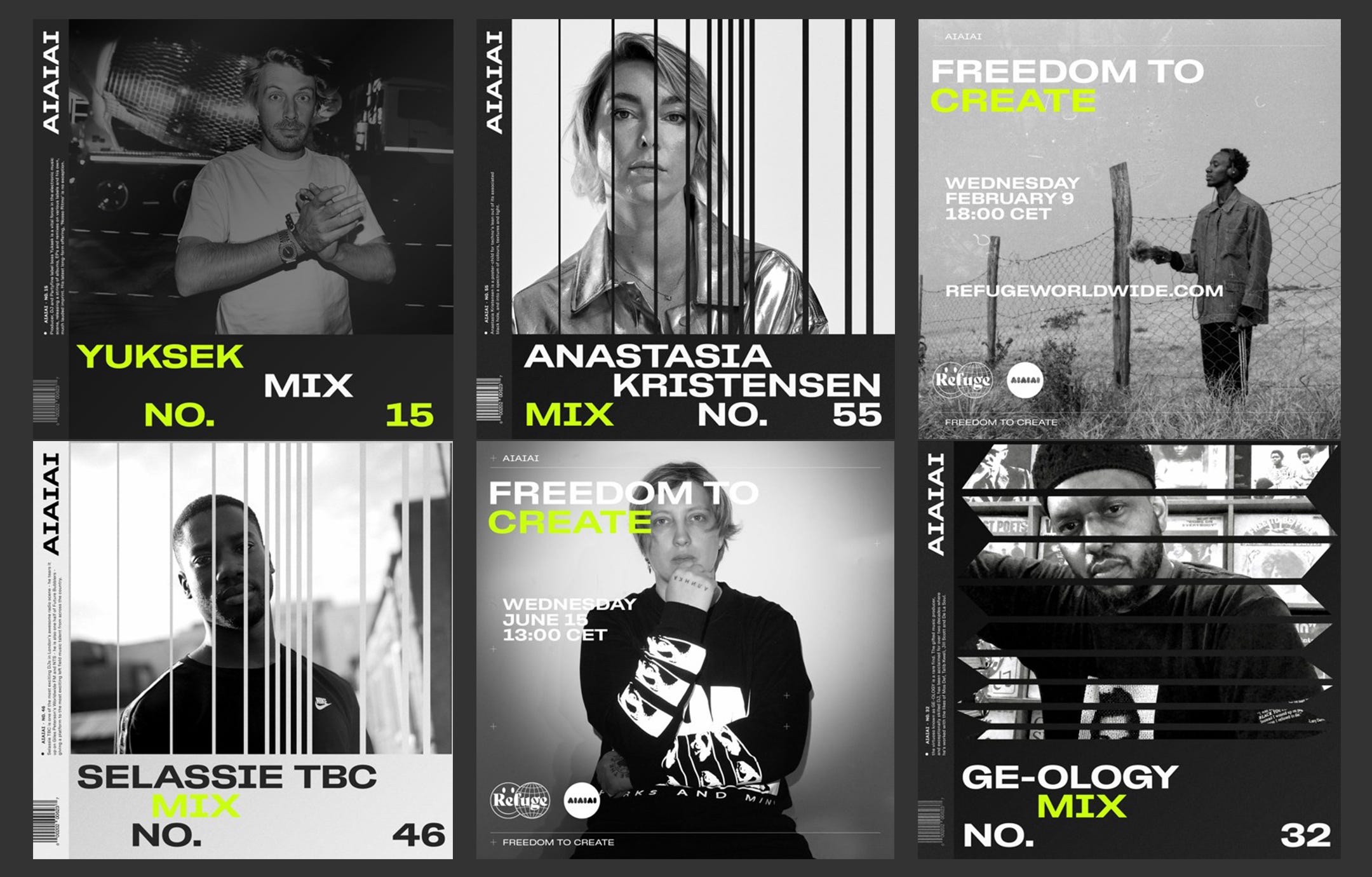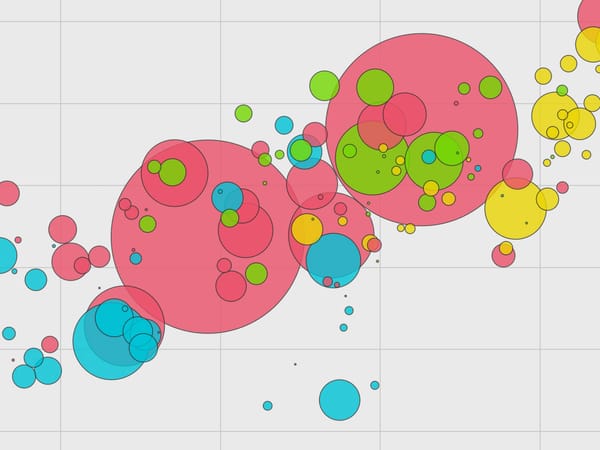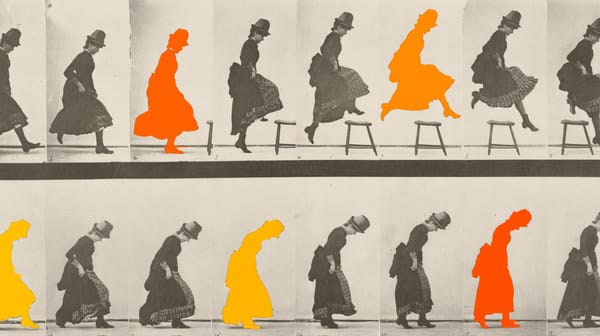Sound Decisions
AIAIAI co-founder Frederik Jørgensen on committing to music creators, the benefits of long-term creative partnerships, and choosing “responsibility” over “sustainability”
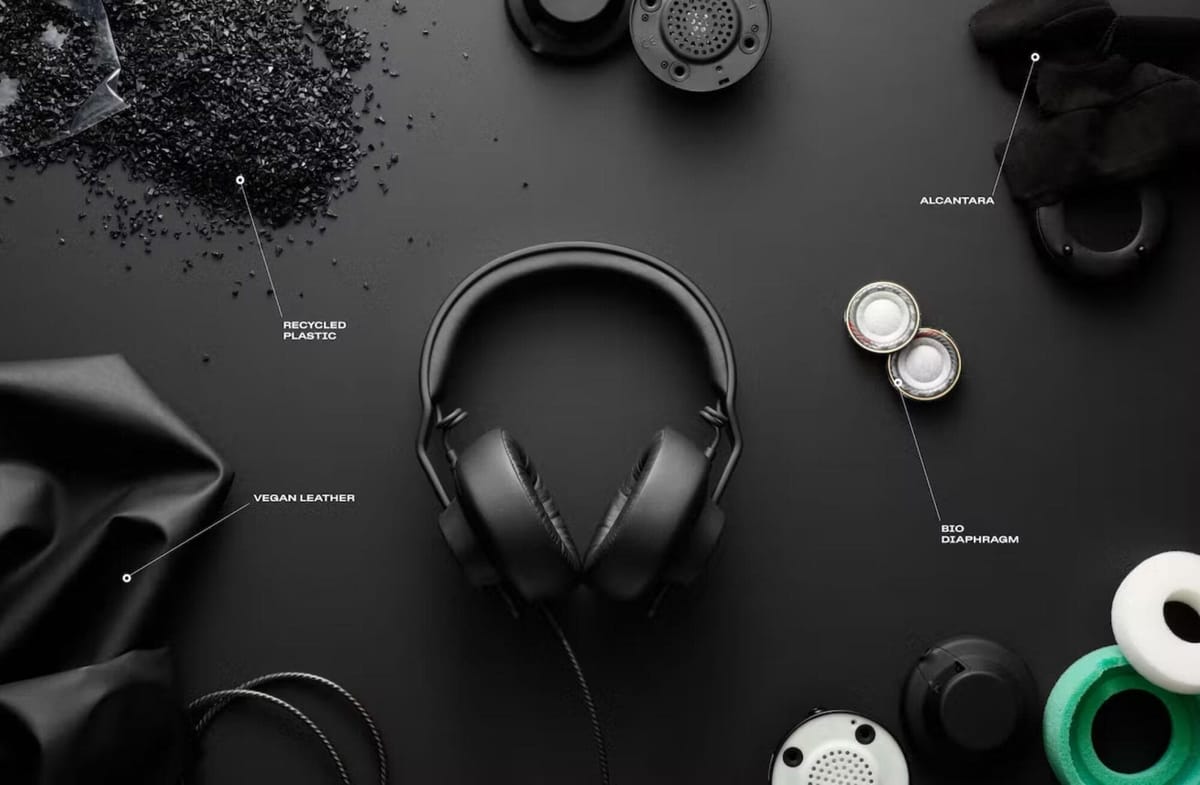
Frederik Jørgensen co-founded AIAIAI in 2006. The Danish company makes headphones and other audio equipment with a focus on performance and environmental responsibility. In this conversation, Jørgensen speaks about committing to music creators, the benefits of long-term creative partnerships, and choosing “responsibility” over “sustainability.”
Frontier: Starting a consumer-products company, which requires knowledge of materials and production processes, is hard enough. Starting AIAIAI was made more challenging by deciding to be sustainable from the start, in 2006, when that wasn’t as popular a choice. What early lessons about making products did AIAIAI teach you?
Frederik Jørgensen: A full answer could be the whole interview! AIAIAI came out of a love for music. We had a nightclub where people could enjoy music and have fun. When it closed, it became interesting for us to explore making products that work with and for music. It’s also why we see ourselves as a music company, not a technology or audio company. Our product is a medium for music.
We started with no knowledge, just excitement at working with DJs to create the products they need. Theirs was the first expert input we received. And since we don’t have engineering backgrounds, we realized quickly we needed to have an open process and work with external partners for many of the individual products. We learned everything because we had to.
Frontier: You mentioned partnerships. Since early in the company’s history, you’ve partnered with the industrial-design firm Kilo. What has the longevity of that relationship allowed you to do that you otherwise might not have?
FJ: Our whole company, the whole project we’re engaged in, is based on emotion, on an ambitious personal vision. Perhaps that means that our long-term plans are not as formalized as they might be elsewhere. So working with partners long-term means we each have an inherent understanding of the other. Sometimes it might be hard for us to make a formal pitch of a project or design because it’s emotional and about values more than a response to a competitor’s product or a new technology. Because our partners know us, we can provide a holistic, descriptive vision and they help us bring it to fruition. It’s also great to build something together—to share in a commitment and passion. That’s a big benefit of being in business that shouldn’t be underestimated.
Sometimes if you create obstacles for yourself you end up going to new and better places in search of answers.
Frontier: You’re increasingly looking to new materials, such as bacterial cellulose. And many of your products aim for a high-end user with demanding performance requirements. How have you seen performance and your environmental purpose overlap or reinforce each other? Did any opportunities presented by sustainable choices better the performance of your products?
FJ: Yes, our hunt for responsible materials turned up a bio cellulose that had a great impact on the audio when used as a diaphragm for our speakers. We hadn’t wanted to change anything about the diaphragm; it was an exploration rooted in material choice and environmental responsibility that nonetheless led to better performance. We also have a new cushion using Repreve, which is made from recycled plastic bottles, and we use Alcantara, a well-known leather alternative. Many of our new products outperform what we had previously and are much more responsible toward the environment. Sometimes if you create obstacles for yourself you end up going to new and better places in search of answers.

Frontier: Can you discuss the decision to design your products for modularity and disassembly?
FJ: Again, as with many other elements of our products, something that starts with one idea ends up being primarily about another. I like when we’re exploring new territory and that happens. The idea of modularity came from users. We got so many requests from artists—“Can I have a slightly longer cable?” “Could I have a little less pressure on the headband?”—that, had we entertained them, we could have ended up with so many SKUs and end-of-life leftover inventory. It’s hard as a small company to do big upgrades. How can we do it in a smaller way?
Modularity means the user has more options up front and more flexibility over the lifespan of the product. And it helps us: if we evolve a component, we don’t have to release a whole new headphone—just that part. It enables dynamic product development, allows us to increase the frequency of product news.
Also, if people upgrade only one part, there’s less waste. The longevity of the product is an important part of our mission. The customization is interesting, but giving our customers the chance to buy a product and have it evolve with them, and remain functional, for the rest of their lives is more appealing to us. These should be the last headphones you ever buy.
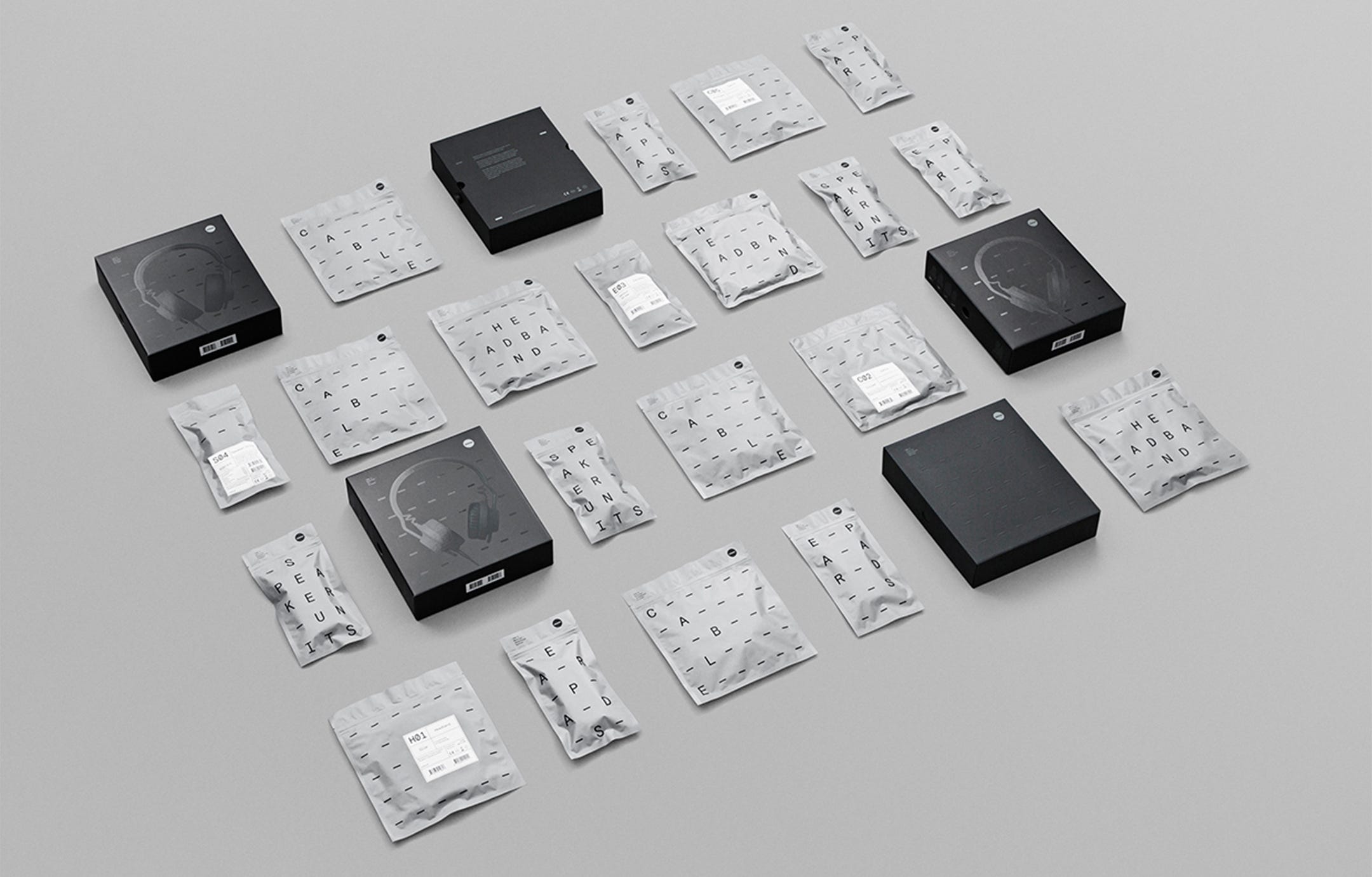
Frontier: High-end audio is not only about hardware, but also about software. Low- or zero-latency wireless connection is the goal everyone is working toward. Your Wireless+ product is a significant step in that direction. How do you divide your company’s R&D budget between hardware and software? How long will it be before low-latency wireless connections are omnipresent, replacing Bluetooth?
FJ: Our incorporation of new technologies has to be related to something bigger. The whole world is becoming more wireless. We don’t know where Bluetooth is heading; the things that make it great are also the limitations for it to be good at stable latency. In our focus on staying a step ahead, we saw an opportunity to serve our music-creator community. We realized that if we could develop a low-latency wireless solution, we could respond to how people make music today. Musicians aren’t sitting down in a home studio too often; they’re doing lots more on a laptop, or using small pieces of hardware or mobile phones. Making music is a more free and dynamic process today. So what can we do to help professionals make music anytime, anywhere?
Creating without a cable is as much psychology as anything else—it helps make our headphones a product you aren’t even aware of using. Your cable isn’t getting stuck in your chair; you don’t have to plug it in and unplug it. We’ve created the least restraint possible for a high-performance audio system. Now creators can wander off to sit on the couch, or move more than two meters away from their audio source, while still focusing on what they’re doing. So, again, we’re glad to have a leading low-latency wireless solution, but what it enables is of greater interest to us.
We won’t compromise the functionality and performance of our products, because if nobody buys them then we aren’t making an impact.
Frontier: Throughout this conversation you’ve used the word responsibility rather than sustainability.
FJ: It’s a bit of semantics, and maybe it’s naive on my part. I just feel that we, as humans, are not sustainable. It’s not the right word for this important area of focus. And because it’s used so often, it has been drained of meaning. Is your company using a bit of recycled plastic? Are you making sure your electronic waste goes to the recycling plant?
We prefer to think of our responsibility as a company, and that goes beyond product design and materials. It’s a more inspiring word to us, one that fuels our ambitions. We feel responsible toward the music community, toward our employees and partners, toward the planet. We won’t compromise the functionality and performance of our products, because if nobody buys them then we aren’t making an impact. But by relating everything to music, to creators, and acting responsibly we can feel good about the work we do.
